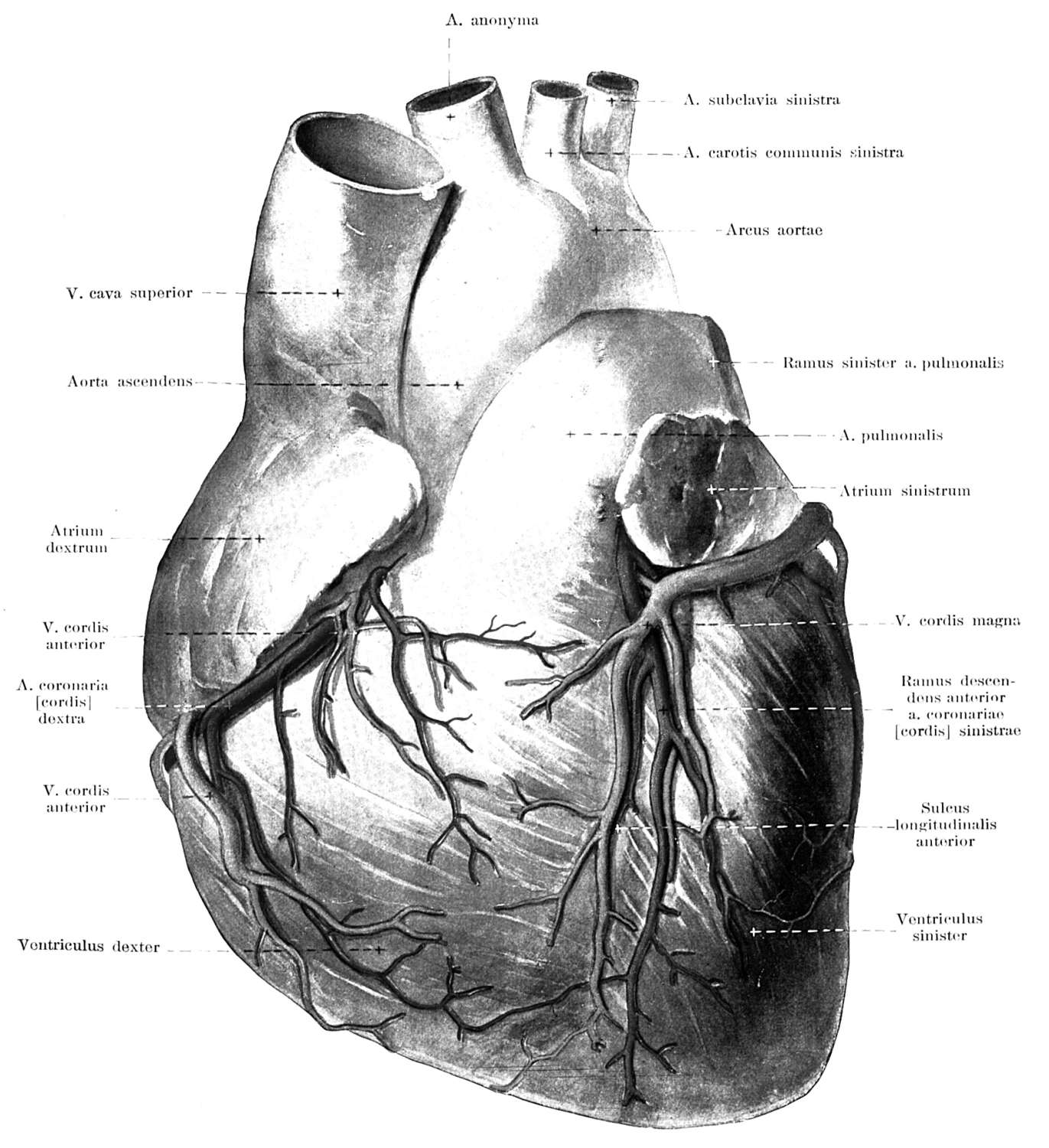
WEDNESDAY, Feb. 20 (HealthDay News) Exposure to smog is linked to higher death risk among people admitted to the hospital for a heart attack, a new study suggests.
British researchers found death rates for these patients increased following exposure to air pollution from fine “particulate matter” measuring 2.5 micrometers in diameter or less. They calculated that death rates would drop by 12 percent among heart attack survivors if they were not exposed to higher concentrations of air pollution.
In conducting the study, the researchers examined the medical records of more than 150,000 people who were hospitalized for a heart attack between 2004 and 2007. They also analyzed the average air pollution concentrations from 2004 to 2010.
The participants were followed until the study ended in 2010, or until they died. Researchers took into account their gender, age, medical history, treatments, medications and whether they smoked. Participants’ income, education, job and where they lived were also considered.
Over the course of the study, nearly 40,000 people died. The researchers found exposure to fine particulate matter, caused primarily by auto emissions and industry, was associated with an increase in death rates among people who had earlier survived heart attacks.
The study was published online Feb. 20 in the European Heart Journal.
“We found that for every 10 microgram per cubic meter increase in [fine particulate matter] there was a 20 percent increase in the death rate,” Dr. Cathryn Tonne, a lecturer in environmental epidemiology at the London School of Hygiene & Tropical Medicine, said in a journal news release.
The highest average exposure to fine particulate matter was in London. Meanwhile, the lowest average exposure was found northeast of England. The researchers noted that exposure to air pollution varied widely within each region examined.
However, after considering other factors, such as smoking and diabetes, among those in socioeconomically diverse areas, the researchers found that exposure to air pollution from fine particulate matter played only a small role in differences in survival after a heart attack.
“There are likely to be many other factors that are more important than [fine air particulate matter] exposure in explaining socioeconomic inequalities in prognosis, and this requires further investigation,” Tonne said.
People from poorer backgrounds often live in areas with higher levels of air pollution, the study authors noted. These people also tend to have worse outcomes following heart problems than those with a higher socioeconomic status.
“This raises the possibility that exposure to air pollution may explain, in part, the differences in prognosis among heart attack patients from different backgrounds,” said Tonne.
While the study tied air pollution exposure to higher death rates among heart attack survivors, it didn’t prove a cause-and-effect relationship.
The findings were limited by the fact that researchers were unable to determine how many people died due to a heart-related problem. In addition, exposure to air pollution was based on where patients lived and didn’t consider travel away from home.
“The most important message is that reduction in the amount of pollutants in metropolitan areas does indeed decrease cardiovascular mortality within a time interval as short as a few years,” wrote Pier Mannucci, scientific director of the IRCCS Ca’ Granda Maggiore Policlinico Hospital Foundation in Milan, Italy, in an accompanying journal editorial.
The “huge toll of deaths worldwide owing to air pollution could be substantially reduced by approximately 1 million annually from the current estimate of 1.34 million if the WHO [World Health Organization] recommendations pertaining to [fine particulate matter] concentrations were implemented,” he added. “The responsibility for controlling air pollution rests on national governments of the planet.”
Doctors should discuss the risks of exposure to air pollution with their patients and advise them to be aware of media alerts on air quality, Mannucci concluded in the news release.
More information
The U.S. National Institutes of Health has more about air pollution.

